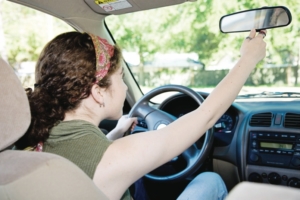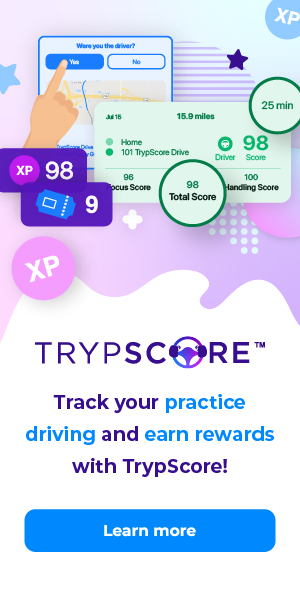Steve Wallace: Don’t become a target when motoring alone

Carry out basic checks before you set off to help reduce the stress of a long journey when driving alone.
Driving alone in both familiar and unfamiliar circumstances can be an intimidating experience, but drivers can take steps to reduce the stress, starting with basic preparation.
Be confident about the route you have chosen. Where do you intend to stop along the way? Give a copy of the plan to a friend or family member, complete with estimated time of departure and arrival at your chosen destination.
Get a mechanical check, especially if it’s going to be a long journey. If you experience mechanical problems that render your vehicle immobile, use a cellphone to call for help in getting the vehicle moving or towed to a reputable vehicle-repair facility.
The cellphone can be your best defence. Move the vehicle to a space away from through traffic and wait for help on the shoulder of the road or in an adjacent, highly visible parking lot. Activate the four-way flashers.
Drivers will often get tired more quickly on a long trip when they are alone. Fatigue can be a killer. Try not to start a long trip late in the day, unless you’ve had some daytime sleep prior to setting off.
The glare of nighttime headlights and interior dashlights can cause a driver to tire much more quickly than during daylight hours. A cooler temperature setting and interesting radio programs can increase alertness.
Take a break every two hours or more often, if necessary. Have snacks and wear sunglasses during daylight drives, but never at night.
Always have the vehicle doors locked while driving. Use air-conditioning settings, which will allow for travel with the windows up. Most vehicles are equipped with air-conditioning these days, but if you’re in an older model, open the windows just enough to get necessary air flow, but not so far as to allow entry by the ill-intended.
Park in well-lit areas. Spend as little time as possible going to and from your car. Stay close to the entrances of facilities, malls, hotels and other locations. Use an anti-theft device. A Club steering-wheel lock will often discourage thieves.
Newer vehicle models have a coded fob, which is also an anti-theft device. Flip your front seatback forward in a two-door vehicle when leaving your vehicle parked, so it’s easy to see if anyone has entered upon your return. Move the front seat far forward in a four-door model. If the seat has been returned to its original position upon your return, seek help before re-entering.
Valet parking is a relatively safe option at hotels or restaurants. Keychains that let you separate your car keys or fob from your home or office keys keep untrustworthy individuals from gaining access to your property. Some fobs and keychains have a light, which can help with quick entry at night.
Always have keys and fobs at the ready when approaching your vehicle. Fumbling for an entry can distract a traveller and provide a criminal with the element of surprise. Carjackings in some areas south of the border have become a problem. There are 25,000 each year in the U.S. Timing traffic lights will eliminate unnecessary stops, limiting this crime of opportunity.
Stopping far enough behind other vehicles to see the back tires will allow for an escape space margin if you’re threatened. Travelling in the left lane, away from the curb lane, will make it harder for bad guys at the curb.
Just because you’re paranoid doesn’t mean they’re not out to get you.
Thanks to Shell for providing much of the above information.
Steve Wallace is the owner of Joan Wallace Driving School on Vancouver Island. He is a former vice-president of the Driving Schools Association of the Americas, a registered B.C. teacher and a University of Manitoba graduate.


